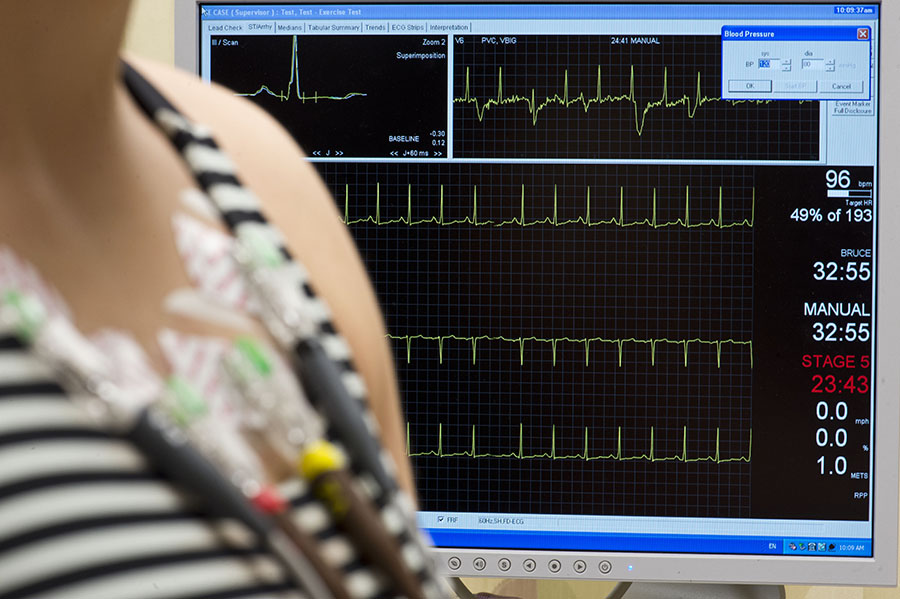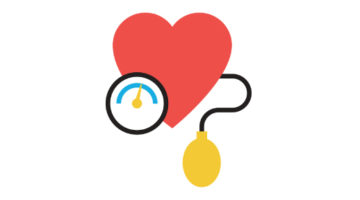
From credit scores to vacation days to social media followers, the higher the numbers we have, the better, right? When it comes to measures of health, the opposite is usually true. So what numbers should we strive for, and how can we achieve them? Here are four stats to know:
- BODY MASS INDEX (BMI)
BMI is a measure of your weight in proportion to your height. Being overweight or obese puts strain on your heart and increases your risk for heart disease, type 2 diabetes, sleep apnea, and other health conditions.
What’s healthy: 18.5 to 24.9 kg/m2
How often to measure it: Your doctor should weigh you and calculate your BMI during regular checkups. You can also weigh yourself and track your BMI using an online calculator.
Tip to get in healthy range: Leave some food on your plate, especially in restaurants. Save 25 to 50 percent of your meal to eat the next day. - BLOOD PRESSURE
High blood pressure increases your risks for heart disease, stroke, and kidney disease. You can have high blood pressure and never feel it, so it’s important to get tested routinely.
What’s healthy: Less than 120/80 mm Hg
How often to measure it: Have your blood pressure checked every two years if you have normal blood pressure and once a year if your blood pressure is high to normal (between 120/80 and 139/89). Ask your doctor how often you need to be tested if your blood pressure is high (140/90 or greater).
Tip to get in healthy range: Eat foods high in potassium, such as bananas and spinach, which lessen the effects of sodium. - CHOLESTEROL
Having high LDL (bad) cholesterol and low HDL (good) cholesterol may cause fatty plaques to form in your arteries, contributing to heart disease, heart attack, and stroke.
What’s healthy: Total cholesterol—less than 200 mg/dL; HDL cholesterol—greater than 50 mg/dL; LDL cholesterol—less than 130 mg/dL
How often to measure it: People with coronary artery disease or diabetes should be tested yearly. Ask your doctor how often testing is appropriate for you.
Tip to get in healthy range: Eat more foods that help lower cholesterol, such as oatmeal, nuts, and vegetable oils. - BLOOD SUGAR
High blood sugar over time can damage the blood vessels, nerves, and organs, including the kidneys and eyes, and can lead to type 2 diabetes.
What’s healthy: A fasting blood glucose level of less than 100 mg/dL and a hemoglobin A1C of below 5.7 percent
How often to measure it? Your doctor should check your fasting glucose level or A1C as part of a blood test during a routine physical.
Tip to get in healthy range: Record everything you eat for two weeks to see how often you eat foods high in refined carbohydrates like white bread, baked goods, and other processed foods.

Written by Deepak L. Bhatt, MD, MPH
Brigham and Women’s Hospital











